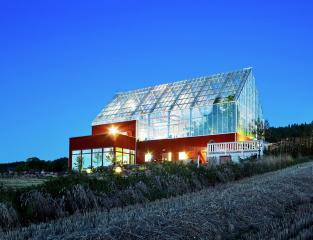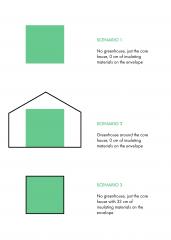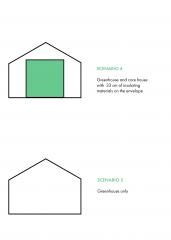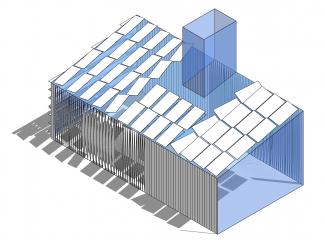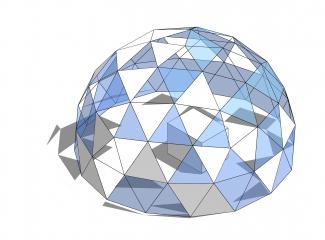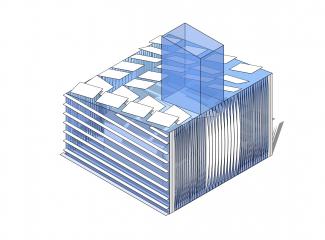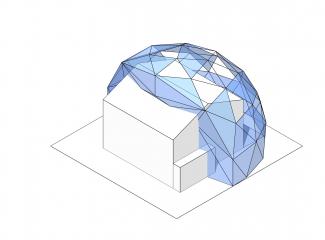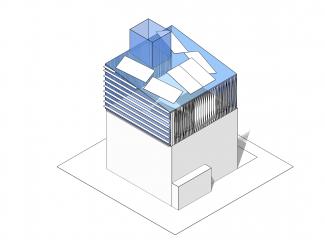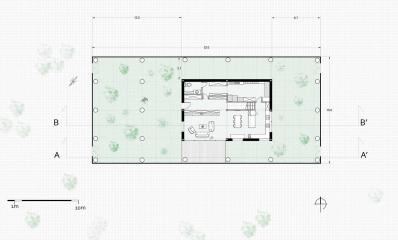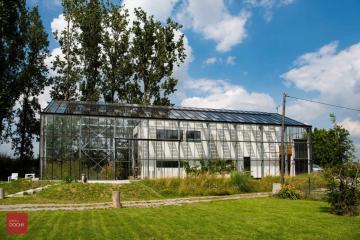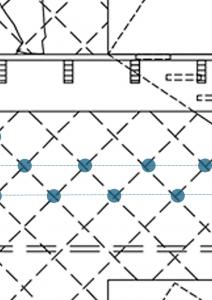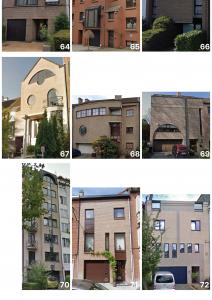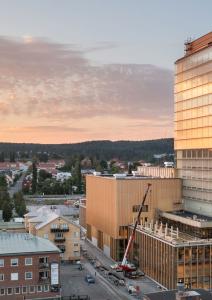Biomimicry and Biomimetic Design
The House in a GreenHouse Model: Energy Analysis, Biomimetic Optimization, and Practical Application

Is the HGH concept valuable, improvable through Biomimetic RbD, and applicable for retrofits in Belgium?
Building envelope inefficiency accounts for a substantial portion of the construction sector’s energy losses, one of the primary causes of climate change. This master thesis studies an effective alternative to traditional façades insulation methods. In that context, it analyses, optimizes, and studies practical applications of the House in a GreenHouse (HGH) concept, a core house enclosed in a greenhouse. First, energy simulations prove that surrounding a house with a greenhouse is equivalent to using a traditional insulating composite in terms of quantitative energy performance. Second, a biomimetic research-by-design process is followed to counter the five identified weaknesses of the HGH: high illuminance levels, insufficient passive heating in the coldest days and overheating in the warmest days, high humidity levels, and a margin to optimize the energy collection. As a result, two combined biomimetic optimized solutions are proposed to improve the HGH. These are inspired by the properties of the termite mounds, the desert rhubarb, the strelitzia reginae, the sunflower, the chameleon skin, as well as the geodesic dome. Subsequently, this thesis studies the practical application of these two solutions to existing insufficiently insulated Brussels villas in three different setups: a full, semi or rooftop greenhouse. Provided certain conditions are met, the optimized HGH may be a concrete alternative to standard insulation methods. To conclude, the HGH concept is efficient in terms of thermal insulation, is an alternative to fuel-based insulation materials, can be further optimized through biomimetic design, and may be applied to retrofit Brussels villas. It also goes beyond insulation by providing in-situ food production, water autonomy, and enhanced mental health through greater proximity to nature.
- Academic year
- 2022-2023
- Date of defense
- 28 June 2022
- Theme
- sustainable architecture, nature-based design, digital tools
- Director 1
- Ahmed Khan (ULB)

